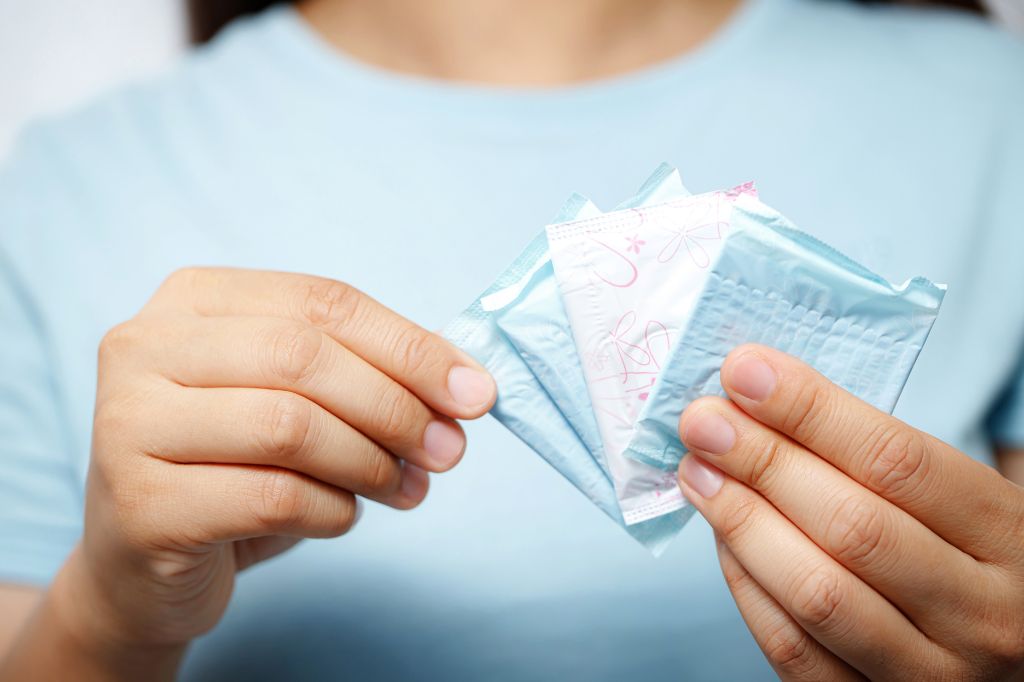What Happens if You Leave a Tampon in For Too Long?
You’ve probably heard the warnings before. You know, the ones about changing your tampon regularly. But what really happens if you leave a tampon in for too long? The answer may surprise you. So, buckle up and get ready to discover the truth about tampons and your health.
Why It’s Important to Change Tampons
You might be thinking, “I’ve left a tampon in for longer than recommended, and nothing happened.” Sure, that might be true. But leaving a tampon in for too long can lead to serious health issues. And you don’t want to play Russian roulette with your body, do you?
Tampons should generally be changed every 4-8 hours, depending on your flow, says FDA. Wearing one for longer increases the risk of infections and, in severe cases, a life-threatening condition called Toxic Shock Syndrome (TSS). So, let’s dive into the risks and how to avoid them.
Bacterial Infections
Leaving a tampon in too long creates a warm, moist environment that bacteria love. When bacteria multiply, they can cause infections such as bacterial vaginosis (BV) or even more severe pelvic inflammatory disease (PID). Symptoms of these infections include unusual discharge, itching, and pain during urination or sex.
The good news is that most bacterial infections can be treated with antibiotics. However, early detection is crucial to prevent complications. So, next time you’re tempted to leave your tampon in for an extended period, remember that you’re inviting bacteria to the party.
Toxic Shock Syndrome (TSS)
You might have heard of TSS, but do you know what it is? Toxic Shock Syndrome is a rare, life-threatening condition caused by toxins produced by certain strains of Staphylococcus aureus bacteria. The longer a tampon is left in, the higher the risk of TSS.
Symptoms of TSS can include vomiting or diarrhea, low blood pressure, sudden high fever, a sunburn-like rash, and muscle aches. If you experience these symptoms while using a tampon, remove it immediately and seek medical attention. Early treatment is critical to prevent severe complications or even death.
Vulvitis
Another risk of leaving a tampon in too long is vulvitis, inflammation of the outer parts of the female genitalia. It’s usually caused by irritation or infection, and it can be incredibly uncomfortable. Symptoms include redness and swelling around your vulva as well as itching, burning, and pain when urinating.
Vulvitis is usually treated with topical creams or oral antibiotics. But it’s best to avoid the problem altogether by changing your tampon regularly.
Prevention is Better than Cure
Now that you know the risks, let’s talk about how to prevent them. First, always follow the guidelines on the tampon packaging regarding usage time. Second, choose the right tampon absorbency for your flow. Using a higher absorbency than needed can increase the risk of TSS. Finally, consider using a menstrual cup or pad as an alternative to tampons, especially during sleep or times when you might forget to change your tampon.
The Bottom Line
Leaving a tampon in for too long can have severe consequences. Remember to change your tampon regularly, choose the right absorbency, and consider alternative menstrual products to keep yourself healthy and safe. After all, it’s better to be safe than sorry.






